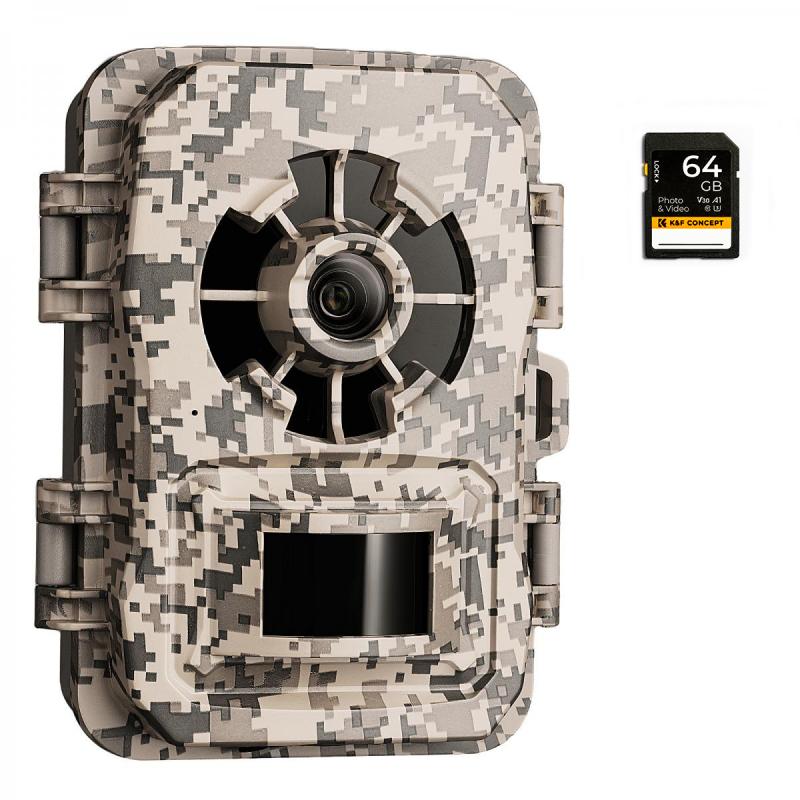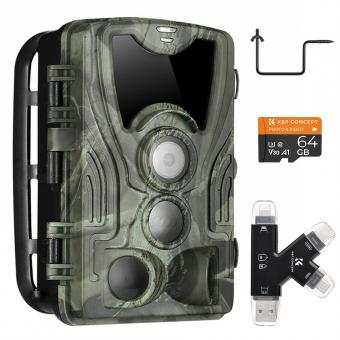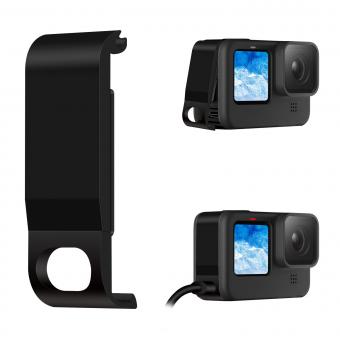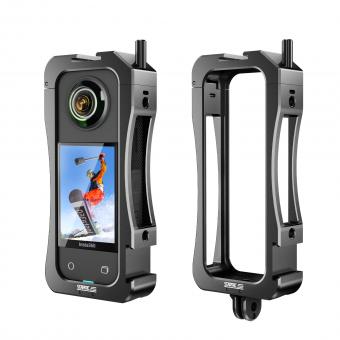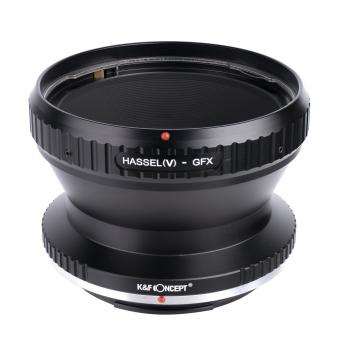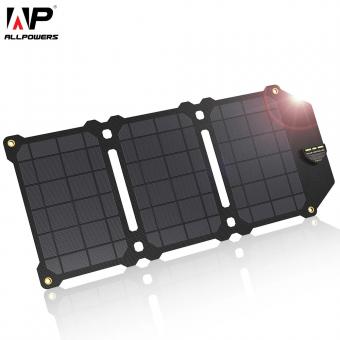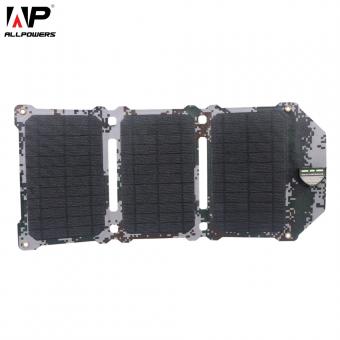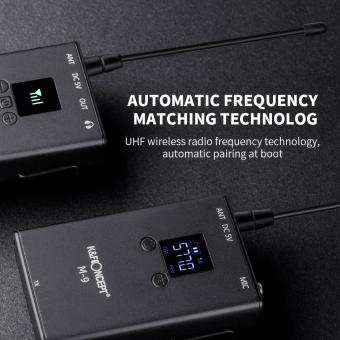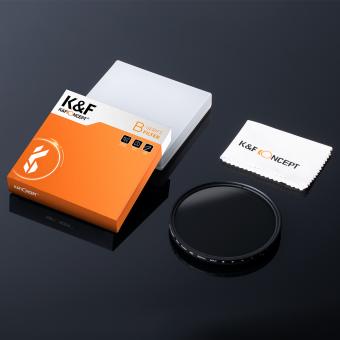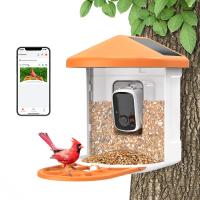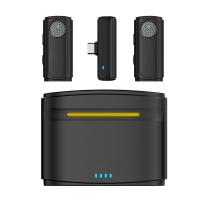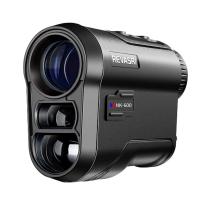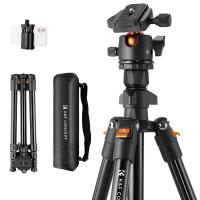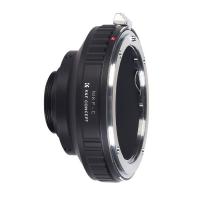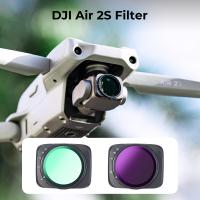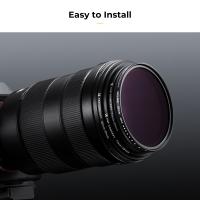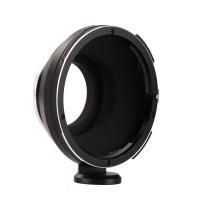What Port To Ip Cctv Wifi Cameras Use ?
IP CCTV WiFi cameras typically use the standard network ports for communication, which are port 80 for HTTP and port 443 for HTTPS. However, some cameras may use different ports depending on the manufacturer and model. It is important to consult the camera's documentation or contact the manufacturer to determine the specific port(s) used by the camera. Additionally, it is recommended to configure the camera to use a non-standard port for security purposes, as this can help prevent unauthorized access to the camera's feed.
1、 Transmission protocols for IP CCTV cameras
What port to IP CCTV WiFi cameras use? The answer is that it depends on the specific camera and the transmission protocol being used. However, most IP CCTV cameras use either the HTTP or RTSP protocol for video transmission, and these protocols typically use ports 80 and 554, respectively.
HTTP is the most common protocol used for IP CCTV cameras, as it is easy to use and widely supported. It is used for transmitting video and other data over the internet, and it typically uses port 80. However, some cameras may use a different port for HTTP, so it is important to check the camera's documentation to determine the correct port.
RTSP is another popular protocol used for IP CCTV cameras, and it is used for streaming video and audio over the internet. It typically uses port 554, but some cameras may use a different port for RTSP.
It is worth noting that some newer IP CCTV cameras may use other protocols, such as ONVIF or SIP, which may use different ports for transmission. Additionally, some cameras may use a combination of protocols, depending on the specific use case.
In conclusion, the port used by IP CCTV WiFi cameras depends on the specific camera and the transmission protocol being used. However, HTTP and RTSP are the most common protocols used, and they typically use ports 80 and 554, respectively. It is important to check the camera's documentation to determine the correct port for transmission.

2、 Common ports used by IP CCTV cameras
What port to IP CCTV WiFi cameras use? The most common port used by IP CCTV cameras is port 80, which is the default port for HTTP traffic. This port is used for accessing the camera's web interface and viewing live video feeds. However, some cameras may use other ports such as 8080 or 8000 for HTTP traffic.
In addition to HTTP traffic, IP CCTV cameras may also use other ports for different types of traffic. For example, port 554 is commonly used for RTSP (Real Time Streaming Protocol) traffic, which is used for streaming video feeds. Port 443 is used for HTTPS traffic, which provides a secure connection for accessing the camera's web interface.
It is important to note that some cameras may use non-standard ports for their traffic, so it is always a good idea to check the camera's documentation or web interface to determine which ports are being used.
In terms of the latest point of view, there is a growing trend towards using cloud-based services for IP CCTV cameras. These services typically use standard ports such as 80 and 443 for their traffic, but may also use other ports for specific functions such as remote access or video storage. As more and more cameras are connected to the cloud, it is likely that we will see a shift towards using standard ports for all types of traffic.
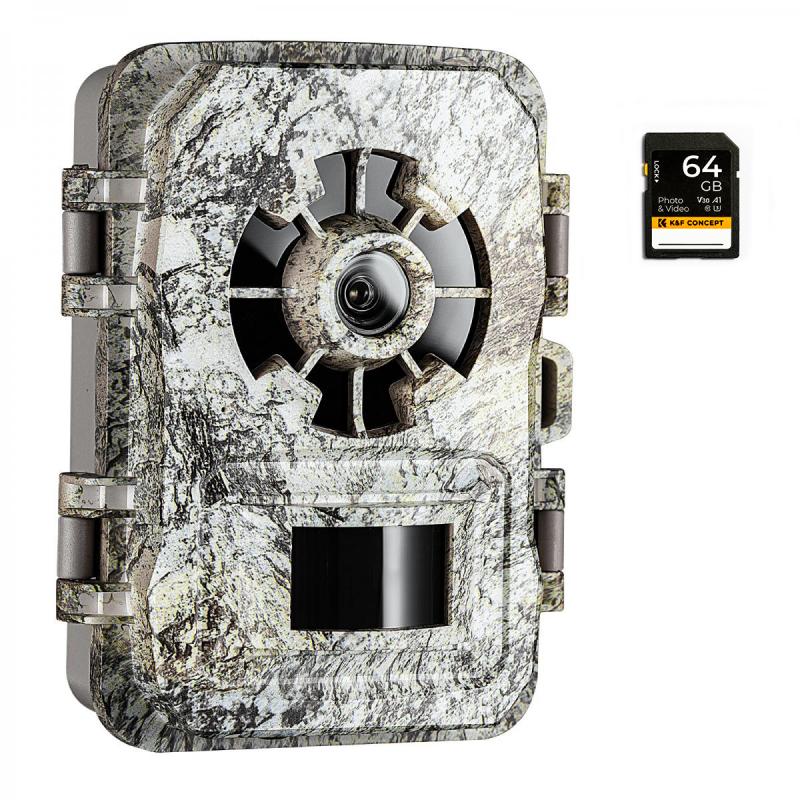
3、 Security considerations for IP CCTV camera ports
What port to IP CCTV WiFi cameras use? The most commonly used port for IP CCTV cameras is port 80, which is the default port for HTTP traffic. However, some cameras may use other ports such as 8080 or 8000. It is important to note that these ports can be changed by the user, so it is important to check the camera's documentation or configuration settings to determine the specific port being used.
When it comes to security considerations for IP CCTV camera ports, it is important to ensure that the ports are properly secured to prevent unauthorized access. This can be done by changing the default port to a non-standard port, using strong passwords, and implementing other security measures such as firewalls and intrusion detection systems.
In addition, it is important to keep the camera's firmware up to date to ensure that any known vulnerabilities are patched. It is also recommended to limit access to the camera's web interface to only trusted users and to disable any unused services or ports.
Overall, while port 80 is the most commonly used port for IP CCTV cameras, it is important to take steps to secure the camera's ports and ensure that the camera is properly configured to prevent unauthorized access. As technology continues to evolve, it is important to stay up to date on the latest security best practices and recommendations.
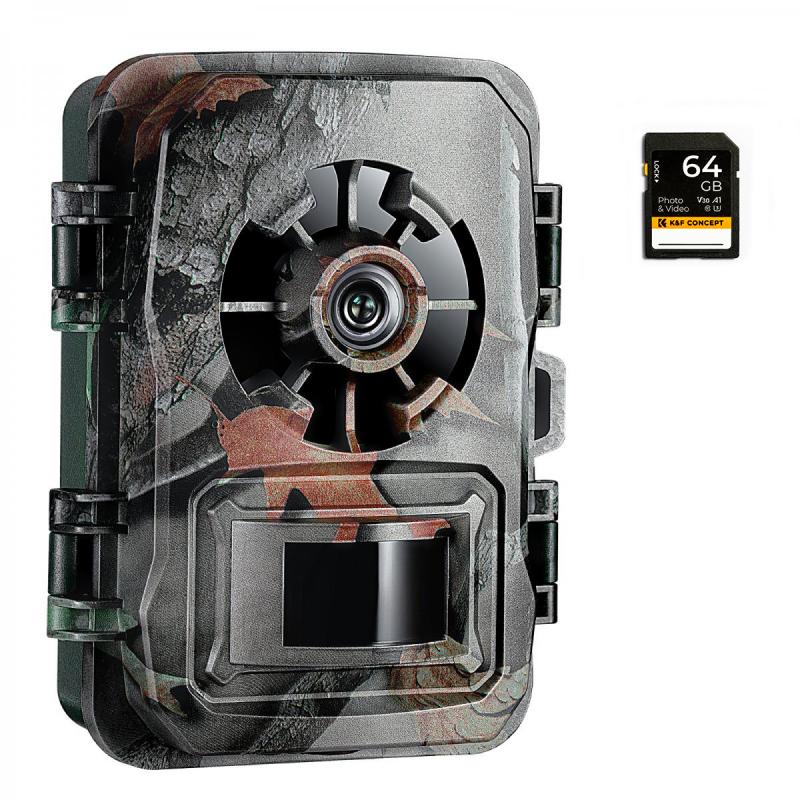
4、 Wireless connectivity options for IP CCTV cameras
What port to IP CCTV WiFi cameras use?
IP CCTV cameras use various ports for wireless connectivity, depending on the type of camera and the network configuration. The most common ports used by IP CCTV cameras are 80, 554, and 8000. Port 80 is used for HTTP traffic, while port 554 is used for RTSP (Real Time Streaming Protocol) traffic. Port 8000 is used for HTTP traffic with a different port number.
In addition to these ports, some IP CCTV cameras also use other ports for specific functions, such as port 443 for HTTPS traffic and port 21 for FTP (File Transfer Protocol) traffic. Some cameras also use UPnP (Universal Plug and Play) to automatically configure port forwarding on the router.
It is important to note that the use of ports for IP CCTV cameras may vary depending on the manufacturer and model of the camera. It is recommended to consult the camera's user manual or contact the manufacturer for specific information on the ports used by the camera.
In terms of the latest point of view, the trend in wireless connectivity for IP CCTV cameras is towards the use of Wi-Fi 6 (802.11ax) technology. Wi-Fi 6 offers faster speeds, improved reliability, and better performance in high-density environments. It also supports WPA3 encryption for enhanced security. As more devices adopt Wi-Fi 6, it is expected that IP CCTV cameras will also transition to this technology for wireless connectivity.
